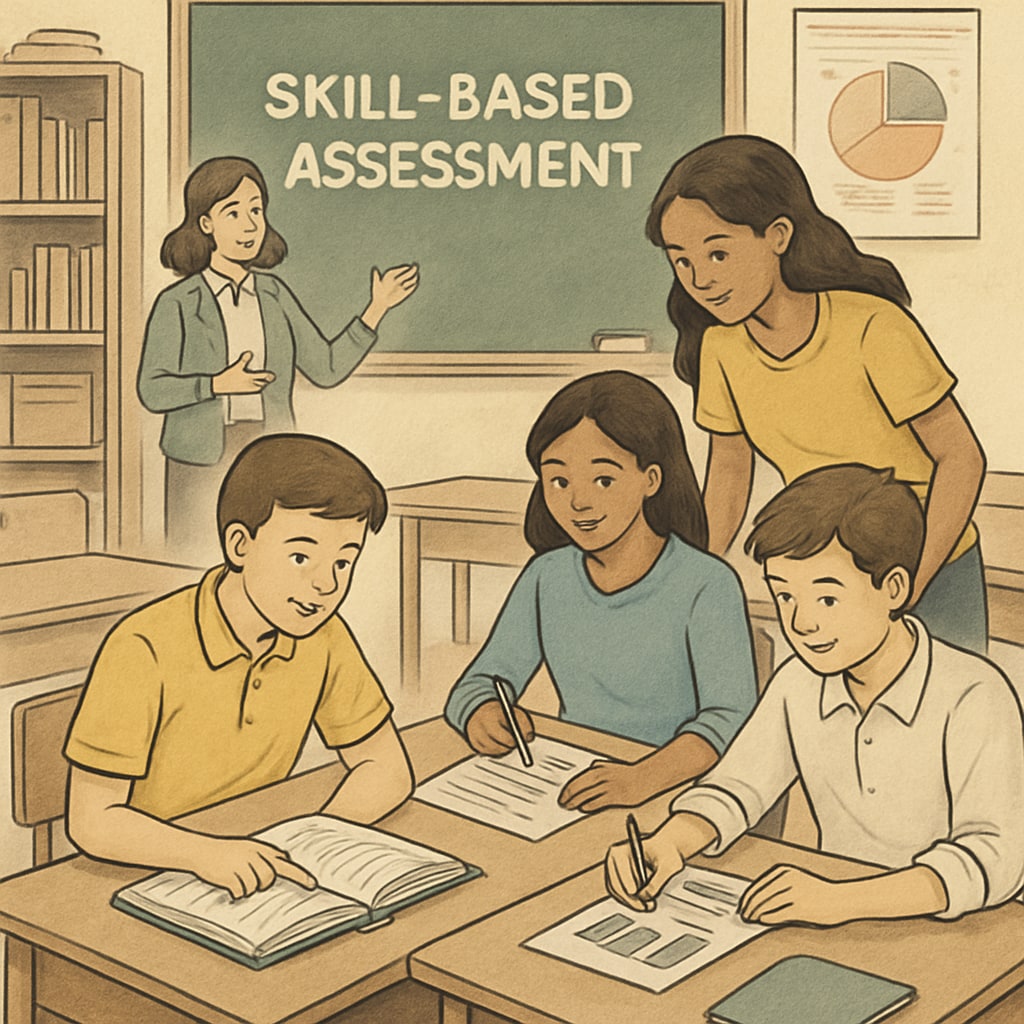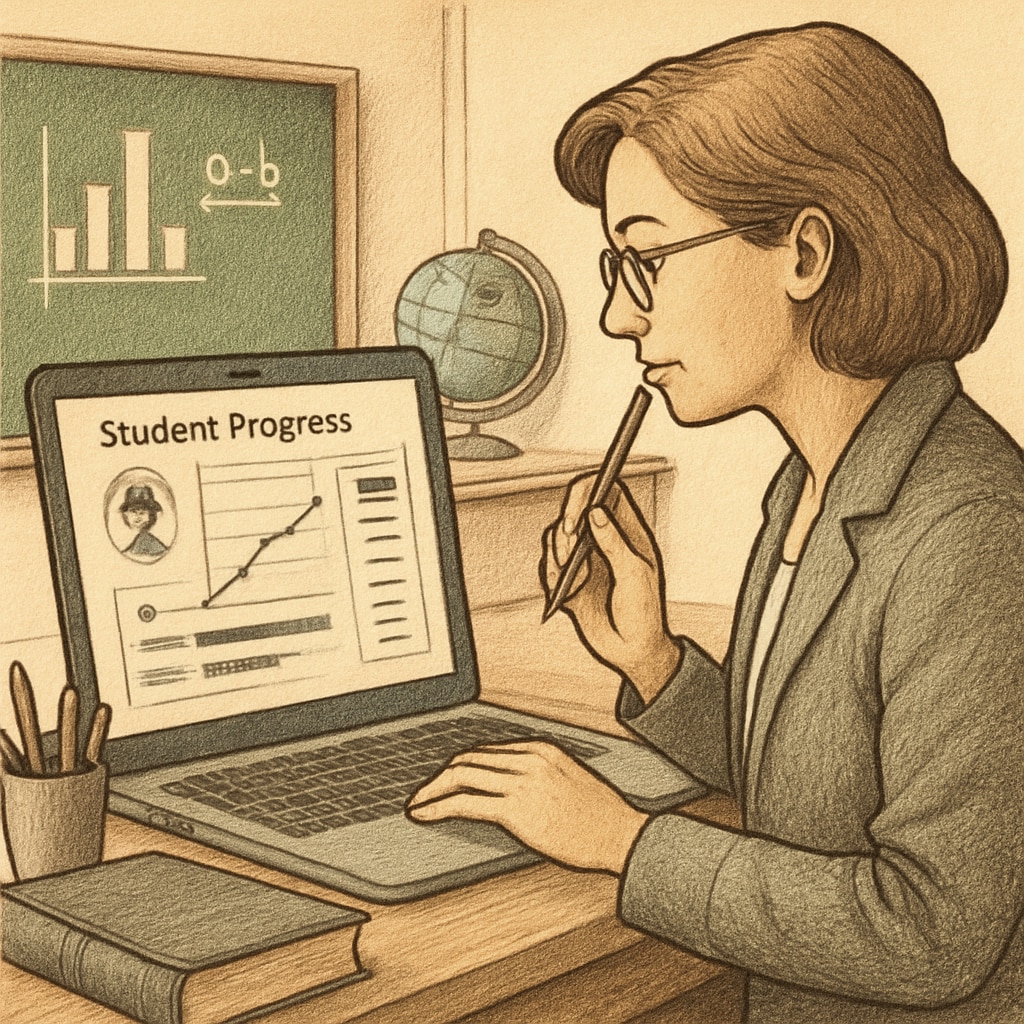The traditional grading system has long been the cornerstone of education, yet its limitations have become increasingly evident in modern K12 classrooms. While grades aim to measure students’ knowledge and skills, they often reduce learning to a single letter or number, ignoring the nuances of individual progress. This article examines the limitations of grades, explores alternative assessment methods, and highlights the importance of real-time learning tracking as a way to foster meaningful education.
The Shortcomings of Traditional Grades
Grades, as a universal tool for education assessment, may seem straightforward but come with several drawbacks. First, they often prioritize memorization over understanding, encouraging students to focus on test performance rather than genuine learning. Second, grades fail to capture essential skills such as creativity, critical thinking, and collaboration. Lastly, they can create undue stress and competition among students, shifting the focus away from curiosity and exploration.
For example, a student who excels in problem-solving but struggles with test anxiety may receive a low grade, despite possessing valuable skills. Similarly, grades often overlook the individual learning journey, providing a one-size-fits-all evaluation that fails to reflect personal growth.

Alternative Approaches to Education Assessment
To address these challenges, educators and policymakers are exploring alternative methods to evaluate learning more effectively. Below are some innovative approaches:
- Portfolio-Based Assessments: These involve collecting a student’s work over time to showcase their progress and achievements. Portfolios emphasize process and growth rather than a final grade.
- Project-Based Learning (PBL): Students engage in real-world projects that require problem-solving, teamwork, and critical thinking. Assessments focus on the application of knowledge rather than rote memorization.
- Competency-Based Education (CBE): This method assesses students based on their mastery of specific skills or competencies, allowing for personalized pacing and individual growth.
- Peer and Self-Assessment: Involving students in the evaluation process helps them develop self-awareness and accountability for their learning.
These methods not only provide a more comprehensive view of student capabilities but also encourage lifelong learning skills that are essential in today’s dynamic world.
The Role of Real-Time Learning Tracking
Real-time learning tracking is another promising solution for modern education assessment. By leveraging technology, educators can monitor students’ progress on a continuous basis, providing immediate feedback and support. This approach allows teachers to identify gaps in understanding and tailor instruction to meet individual needs.
For instance, platforms that use artificial intelligence (AI) can analyze student performance data to recommend personalized learning paths. Such systems not only enhance academic outcomes but also foster a more engaging and supportive learning environment.

Rethinking What Meaningful Learning Means
Ultimately, the shift away from grades requires a fundamental rethinking of what meaningful learning entails. Education should not be about achieving a perfect score but about developing skills, resilience, and a thirst for knowledge. By adopting alternative assessment methods and embracing real-time learning tracking, educators can create a system that values growth and individuality over conformity.
This transformation will not be without challenges. It requires investment in teacher training, technology, and curriculum redesign. However, the long-term benefits—empowered students, reduced stress, and a more equitable education system—make it a worthy endeavor.
Conclusion
The limitations of traditional grades highlight the urgent need for a more holistic approach to education assessment. By exploring alternatives such as portfolio-based assessments, project-based learning, and real-time tracking, educators can better support students’ unique learning journeys. It is time to move beyond grades and embrace a system that truly reflects what meaningful learning is all about.
As a result, this shift will not only benefit students but also create a more adaptive and future-ready education system. The question is no longer whether we should change but how quickly we can make this vision a reality.


